Nestled within the embrace of Kyoto, Sokushu-in, a sub-temple of Tofukuji, boasts a storied history dating back to 1387. Originally built in memory of Ujihisa Shimazu, it was resurrected by Iehisa Shimazu in 1613 after a fire in 1569. A testament to resilience, the temple features a gate from its reconstruction. The Sokushu-in Garden, once the East Palace of Lord Tadamichi Fujiwara, dazzles with autumn hues. During fall, this hidden gem opens its gates to the public. Ascend a small hill to find a poignant monument honoring Satsuma clan soldiers, a touchingly historic addition to Kyoto’s treasures.
Sokushu-in was built in 1387 as a memorial to Ujihisa Shimazu of the Satsuma clan.
It was burnt down in 1569, but was rebuilt by Iehisa Shimazu in 1613. Since then, the temple has a close relationship with the Satsuma clan. The present temple gate was built when the temple was rebuilt.
Sokushu-in, a sub-temple of Tofukuji Temple, was built in 1387 by Ujihisa Shimazu of the Satsuma clan.
Sokushu-in Garden
In the late Heian period, Lord Tadamichi Fujiwara, a member of the Konoe family, built the East Palace of the Imperial Palace on this site. The garden is the remains of the East Palace. It is now designated as a place of scenic beauty by the city of Kyoto and is famous for its beautiful autumn leaves. The garden is usually closed to the public, but is open to the public during the fall foliage season.
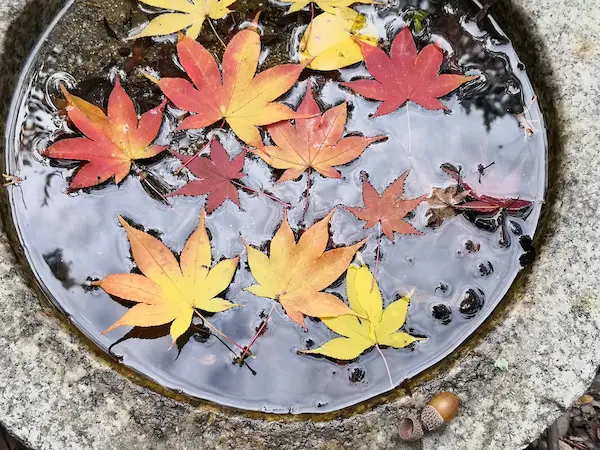
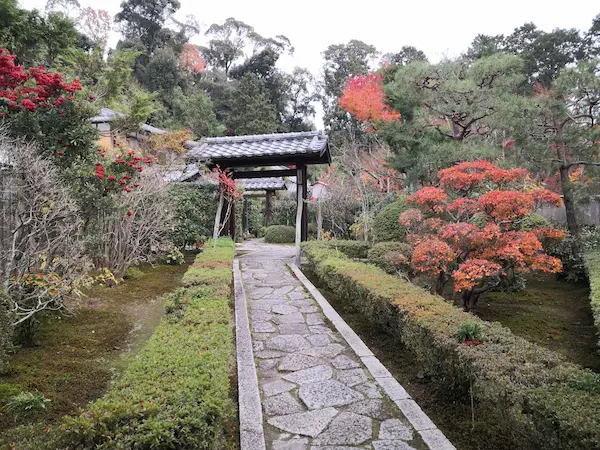
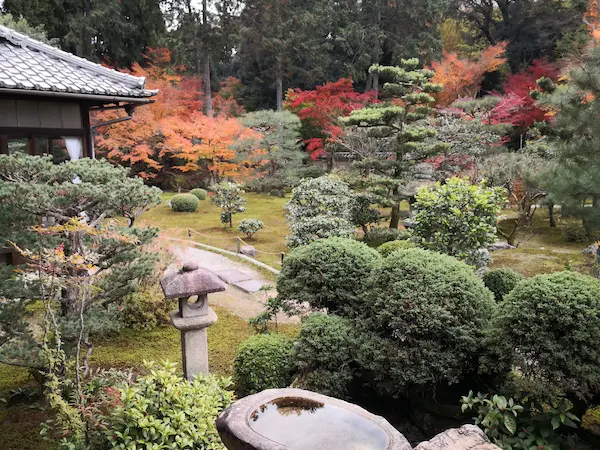
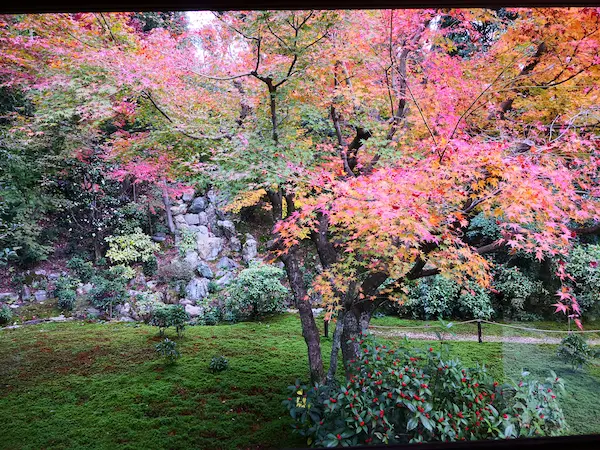
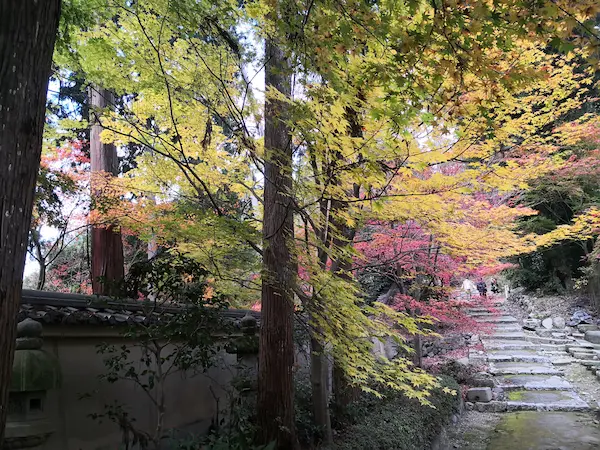
Climbing up a small hill at the back of the temple, there is a stone monument that mourns the Satsuma clan’s soldiers who died in the Boshin War at the end of the Edo period. The tombstone with the names of the soldiers was written by famous Saigo Takamori.
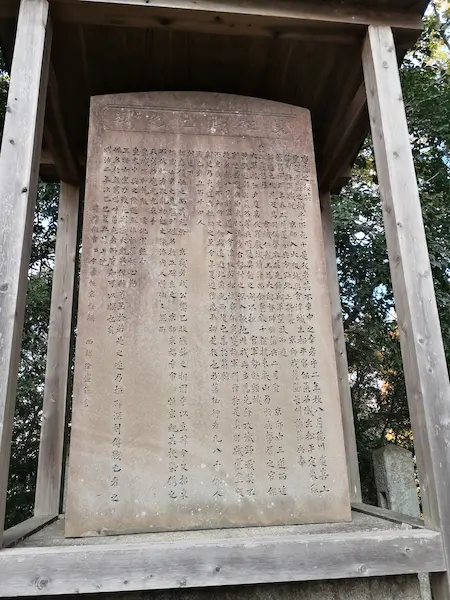
Nearby spots
A national treasure Ryogin-an is right next door.
Tofukuji Temple and its sub-temples, such as Bishamondo and Komyo-in, are within easy access from Sokushu-in. During special openings in spring and fall, Tofukuji Temple and many of its sub-temples of Tofukuji Temple open their gardens and other cultural treasures to the public. You will probably need more than half a day for the Tofukuji area alone.
Related articles:
[…] Tofukuji Temple has numerous sub-temples, the most representative of which are Nanmei-in, Komyo-in, Bishamondo Shorinji, and Sokushu-in. […]
[…] Tofukuji Temple has numerous sub-temples, the most representative of which are Nanmei-in, Komyo-in, Bishamondo Shorinji, and Sokushu-in. […]
[…] Temple and its sub-temples, such as Sokushu-in and Komyo-in, are within easy access from […]
[…] Tofukuji Temple (東福寺) Shorinji Temple Bishamon-do (毘沙門堂 勝林寺) Sokushu-in Temple (即宗院) […]
[…] sub-temple of Tofukuji Temple, Sokushu-in Temple is next […]